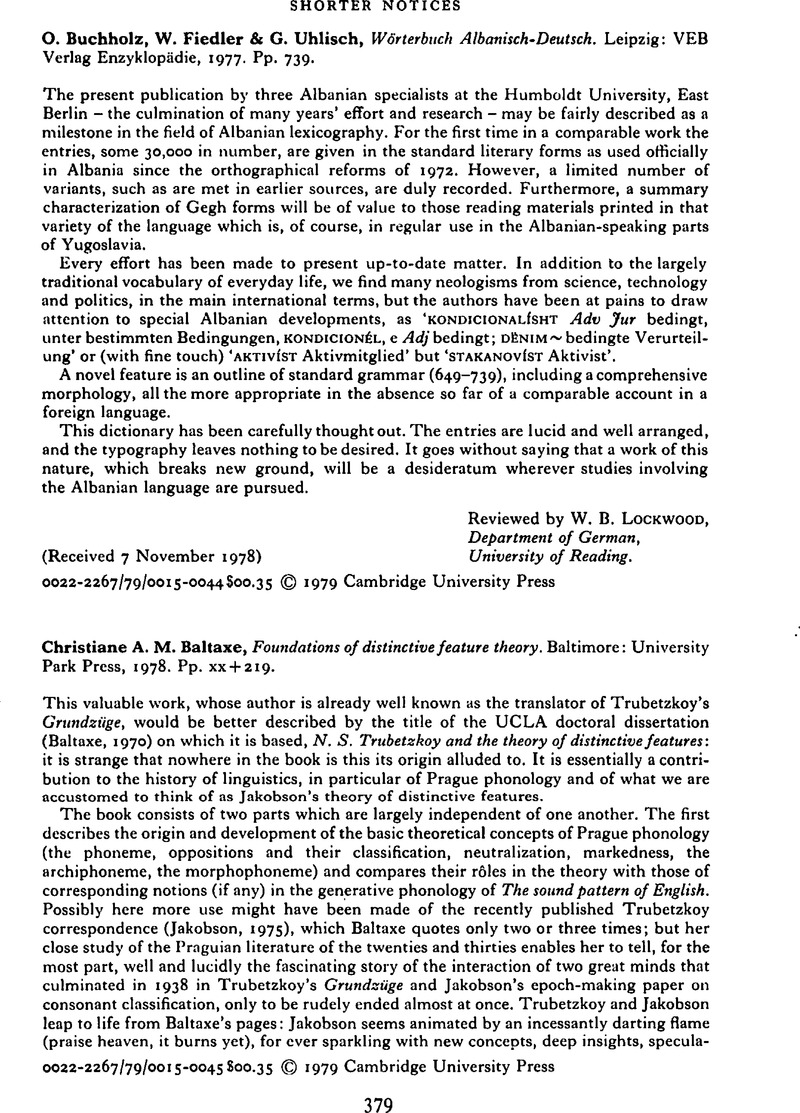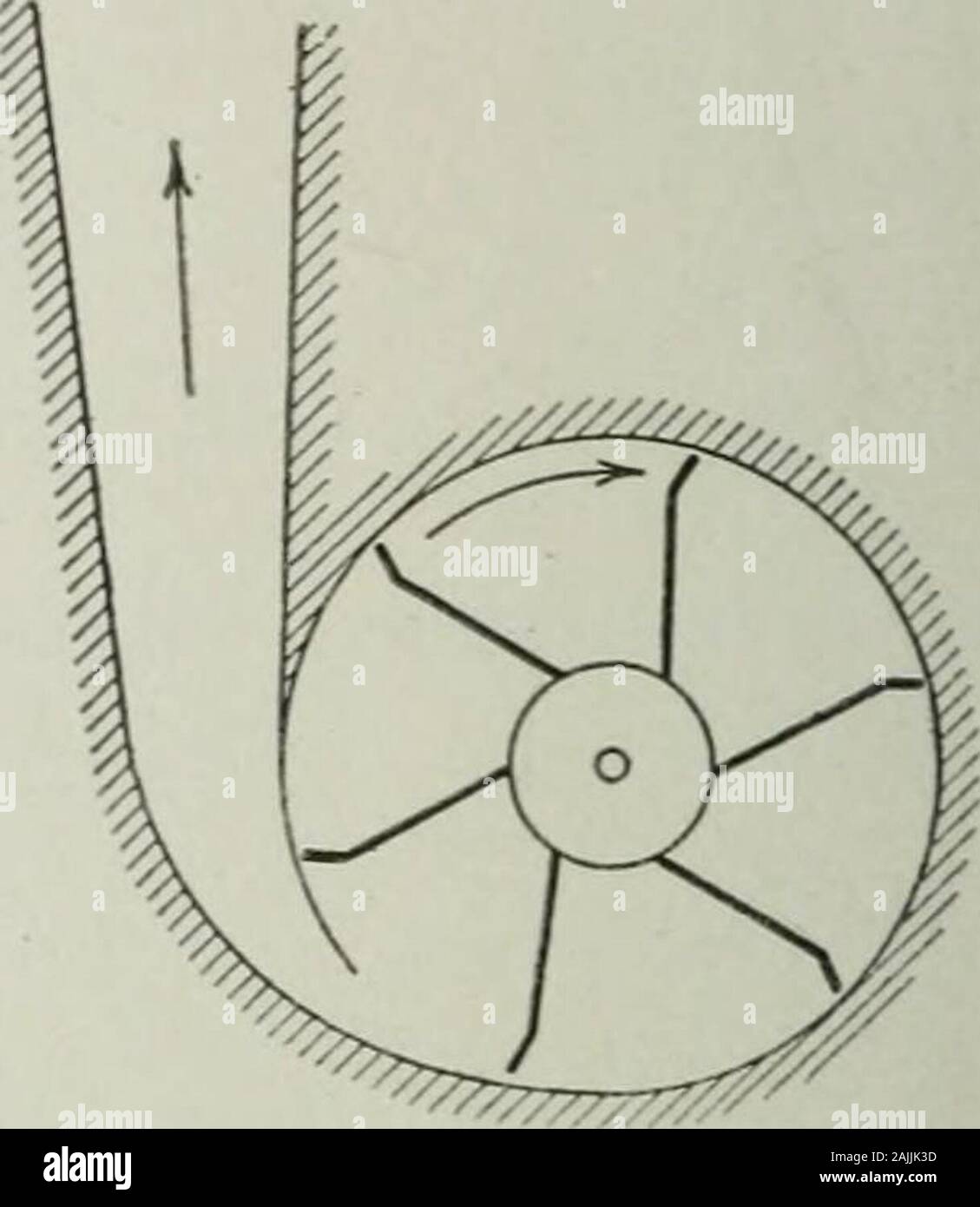Distinctive feature theory is a framework in the field of linguistics that explains how humans perceive and produce speech sounds. This theory proposes that speech sounds, or phonemes, can be broken down into a set of distinctive features, which are binary (either present or absent) characteristics that differentiate one phoneme from another. For example, the distinctive feature of a vowel phoneme might be "high" or "low," while the distinctive feature of a consonant phoneme might be "voiced" or "unvoiced."
The idea of distinctive features was first proposed by linguists Roman Jakobson and Morris Halle in their book "Fundamentals of Language" (1956). They argued that the perception and production of speech sounds depend on the presence or absence of certain distinctive features, rather than on the specific physical properties of the sounds themselves. This theory has been refined and expanded upon over the years, and it remains an important framework for understanding how humans process and use language.
One of the main advantages of the distinctive feature theory is that it provides a way to account for the vast number of speech sounds that exist across different languages. Instead of trying to describe each phoneme in terms of its physical properties, the theory allows linguists to analyze phonemes in terms of the distinctive features they possess. This means that different phonemes can be described and analyzed in a more systematic and consistent way, making it easier to compare and contrast different languages.
Another important aspect of distinctive feature theory is its emphasis on the role of context in speech perception. According to this theory, the presence or absence of certain distinctive features can change the meaning of a word or sound. For example, the phoneme /p/ is typically unvoiced, meaning that it is produced without vibration of the vocal cords. However, in certain contexts, the /p/ sound can be voiced, changing its meaning and how it is perceived by listeners.
Overall, distinctive feature theory is a valuable framework for understanding how humans perceive and produce speech sounds. It provides a way to analyze and compare phonemes across different languages, and it highlights the importance of context in speech perception. While there have been some criticisms of the theory, it remains an important and widely accepted framework in the field of linguistics.





